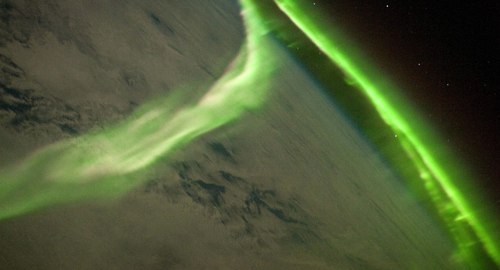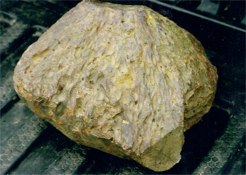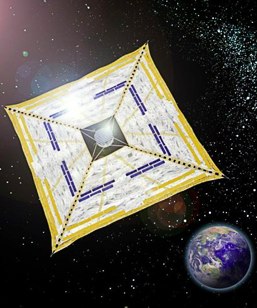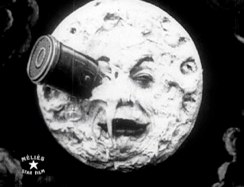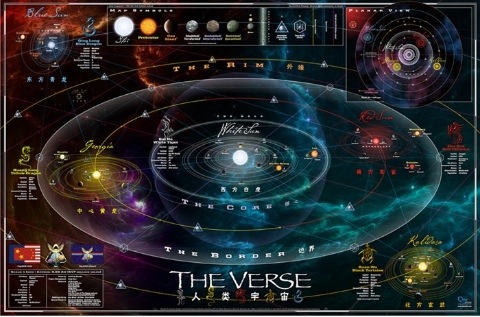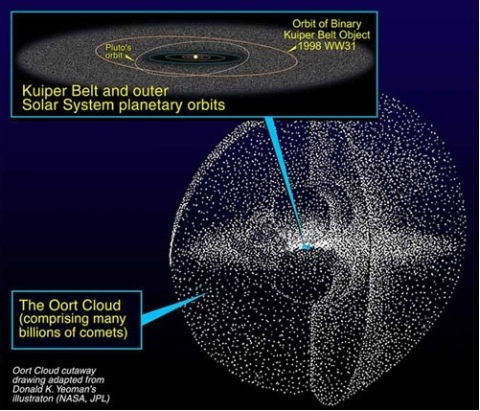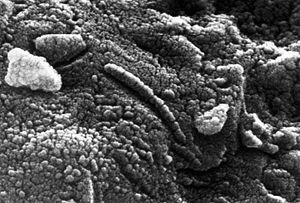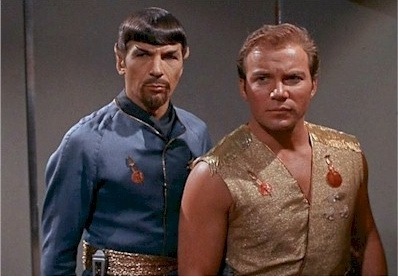Propellers In Saturn’s Rings Could Mean A Million Moonlets
Monday, July 12th, 2010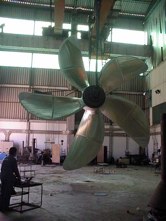
There’s some kooky stuff going on inside the rings of Saturn. NASA’s Cassini spacecraft has identified distinctive giant propellers that could be created by a new class of moon.
NASA’s Cassini spacecraft spotted the distinctive structures inside some of Saturn’s rings, marking the first time scientists have managed to track the orbits of individual objects from within a debris disk like the one that makes up Saturn’s complicated ring system.
“Observing the motions of these disk-embedded objects provides a rare opportunity to gauge how the planets grew from, and interacted with, the disk of material surrounding the early sun,” said the study’s co-author Carolyn Porco, one of the lead researchers on the Cassini imaging team based at the Space Science Institute in Boulder, Colo. “It allows us a glimpse into how the solar system ended up looking the way it does.”
Chew on that.
[Space]

